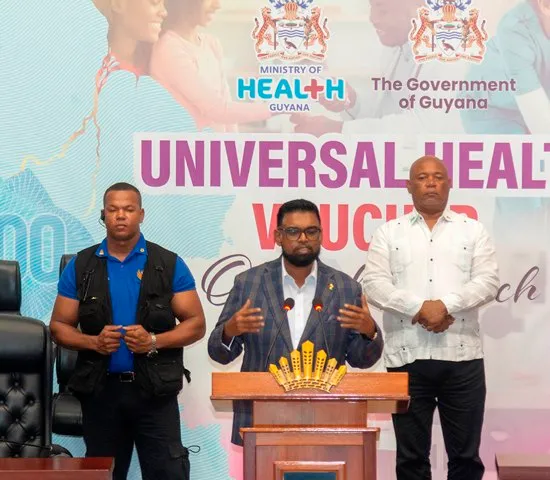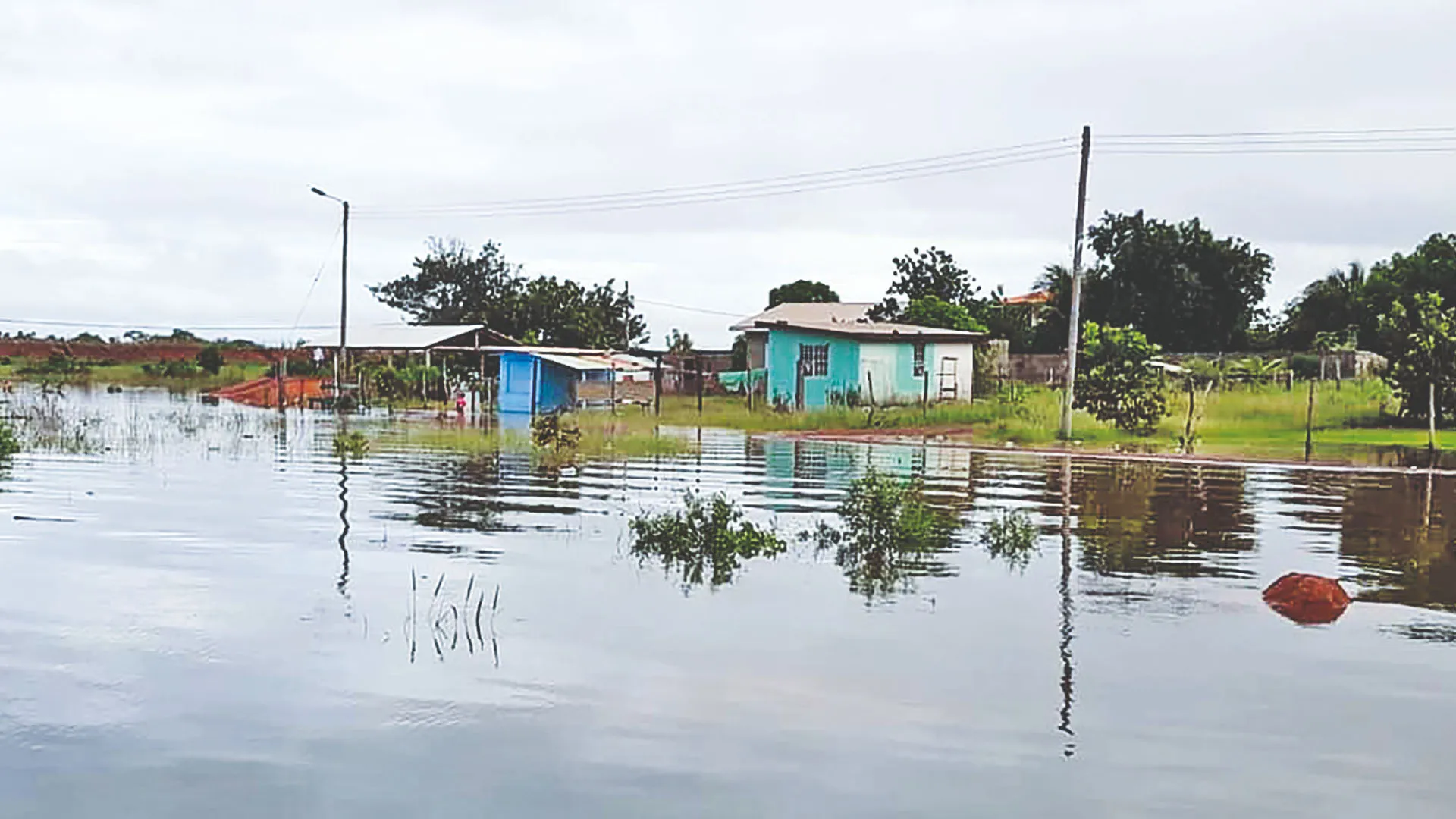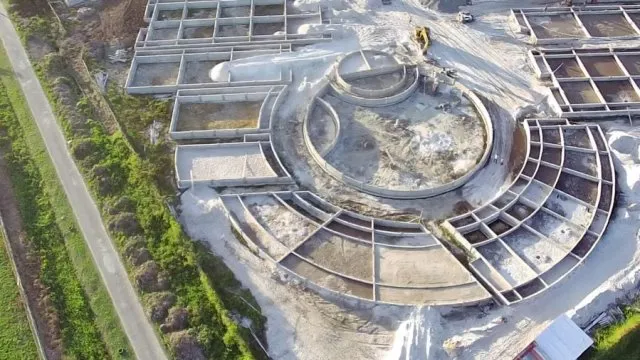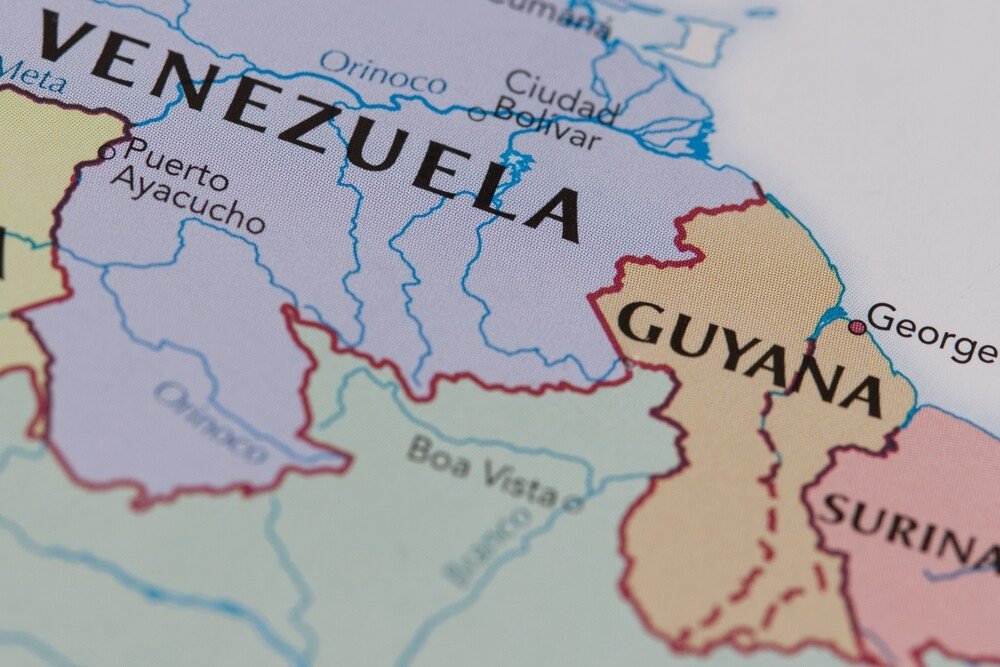As Guyana hurtles toward its next general elections, the political atmosphere is a study in contrasts. On one hand, the ruling People’s Progressive Party/Civic (PPP/C) projects an image of confident momentum – buoyed by an economic boom and fresh off a landslide victory in the 2023 local elections. On the other hand, the opposition – splintered into the People’s National Congress Reform-led APNU and the breakaway Alliance For Change (AFC) – warns of dark clouds over governance, accusing the PPP/C government of corruption and exclusion even as they struggle to unite their own ranks. The stage is set for a consequential electoral showdown, and at its core lies a pivotal question: Will Guyana’s politics move towards greater consensus in sharing the fruits of progress, or will it descend into renewed acrimony fueled by mistrust and ethnic division?
The PPP/C, in power since 2020, is keen to run on its development record. Indeed, their narrative for the upcoming campaign practically writes itself: unprecedented economic growth, massive infrastructure upgrades, expanded social programs, and restoration of democratic norms after the tumultuous 2020 election impasse. Government figures tirelessly highlight achievements such as thousands of scholarships, new hospitals and schools, salary hikes for public servants, and hundreds of miles of new roads and bridges. Vice President Bharrat Jagdeo – the PPP’s chief strategist – points to the June 2023 Local Government Elections as a barometer of public approval: the PPP/C swept 66 of 80 local authority areas, up from 52 in the last cycle, even making inroads into traditional opposition strongholds. PPP leaders tout this “wipeout” of the opposition at local polls as evidence that Guyanese across the board are embracing their agenda of growth and inclusion. They cite increased votes in Georgetown and Linden (historically anti-PPP areas) as signs that ethnic voting lines are softening in favor of development issues.
In subtle but notable ways, the PPP/C has indeed tried to shed its image as an Indo-Guyanese dominated party and present a more inclusive front. President Irfaan Ali, for instance, launched a “One Guyana Commission” promoting unity and has included several Afro-Guyanese in public positions (the Chief of Staff of the army, for example, and an opposition figure as head of the elections commission). The government also resolved longstanding issues like lifting the ban on Haitians and Africans entering Guyana (imposed by the previous regime), winning goodwill among some skeptics. These moves, combined with the tangible improvements in living conditions in many communities, underpin the PPP’s appeal to voters beyond its base. As one optimistic observer wrote, the PPP’s focus on transparency and inclusivity makes it “best equipped to lead Guyana into a prosperous future,” keeping the nation on its current trajectory of progress. While that view may not be universally shared, there is a sense that the old zero-sum ethnic politics might be giving way – slowly – to performance-based politics where delivering jobs and roads trumps tribal loyalty.
The opposition, however, paints a very different picture. From their vantage, the PPP/C government is merely glossing over what they call rampant cronyism and growing inequities. Opposition Leader Aubrey Norton has not minced words in characterizing the administration: “The PPP government is not only incompetent but dangerously corrupt. Their focus is to enrich friends, family, and favourites – not the people of Guyana,” he charged in a recent broadside. This harsh rhetoric encapsulates the opposition’s core narrative: that despite splashy projects, the government is allegedly abusing oil revenues, sidelining opposition areas in development, and entrenching itself in power through patronage. Norton and others accuse the PPP of reviving old “divide-and-rule tactics” – claiming, for example, that PPP officials dole out resources preferentially to regions or villages they control, while neglecting opposition-led councils. They also frequently raise alarms about governance issues, such as the need for campaign finance reform and constitutional changes to dilute what they see as excessive executive power.
It must be noted that some of these opposition claims are undermined by the PPP’s own transparency measures. For instance, budgets for all regions have increased significantly, even those where the opposition holds sway. And to date, no major corruption scandal has been substantiated in the current term; perceptions of graft often stem from historical mistrust. Still, the opposition’s messaging resonates with segments of the population that feel left out or are traditionally aligned with them. In Linden and some rural Afro-Guyanese communities, for example, there is skepticism toward the PPP’s sudden attention. Decades of marginalization under various governments have bred cynicism – a sense that promises won’t be kept once votes are secured. The opposition taps into this by urging supporters to “remain steadfast in our conviction to remove the PPP from office” and “reclaim Guyana for its entire people”. Their challenge is to convince enough swing voters that change is needed despite the visible national progress.
However, the opposition camp faces a formidable internal hurdle: unity. The APNU and AFC, which together formed the last coalition government (2015–2020), are currently divided. The AFC recently announced it will contest the 2025 elections alone, after failing to reach a fresh accord with APNU. While AFC leaders say the door remains open for a coalition revival, time is running short and talks so far have faltered. This splintering is significant. In the proportional representation system, a split opposition vote could deliver the PPP a larger parliamentary majority than it would otherwise win. Many recall that in 2011 the PPP retained government with a plurality because the opposition vote was divided – a scenario that could repeat on a bigger scale in 2025. The opposition’s credibility also takes a hit: if they cannot get their own house in order, persuading undecided voters to trust them becomes harder. There are efforts by civil society to broker an opposition alliance (and even murmurs about a grand coalition including smaller new parties), but personal ambitions and mutual distrust between opposition factions run deep. The PNCR and AFC’s inability to compromise on leadership and seat-sharing – APNU’s Norton vs. AFC’s new leader Nigel Hughes – has been a sticking point.
Given these dynamics, what might a “new era of cooperation” look like in Guyanese politics? One hopeful sign is the tone of governance since 2020. Despite a contentious start, the Ali administration has largely avoided open persecution of opposition figures; Parliament, while often raucous, has seen joint work on some committees. There was cross-party unanimity on certain bills, such as the recent oil spill liability law – which the opposition ultimately did not block, recognizing its importance for environmental protection. And on national issues like the Guyana–Venezuela border case, both government and opposition have presented a united front in defense of Guyana’s sovereignty. These examples suggest that when national interest is clear, cooperation is achievable. If the next election yields another PPP victory, one hopes the opposition can engage constructively rather than reflexively opposing for opposition’s sake. Conversely, if an upset were to occur, the PPP’s acceptance of electoral defeat and a peaceful transfer of power would go a long way to heal wounds from 2020’s protracted impasse.
Yet, a more pessimistic outcome is also possible. Campaign rhetoric has already grown sharply divisive, and there are fears that social media misinformation could inflame ethnic tensions as elections loom. Norton’s base-rousing statements about the government “oppressing us” and the PPP’s countercharges that the opposition is trying to stoke unrest show that mutual suspicion lingers. If the election results are close or disputed, there is a latent risk of a return to street protests and instability – something Guyana can ill afford in this crucial developmental phase. Much will depend on how responsibly leaders from both sides act: whether they prepare their supporters to accept credible results and whether they pursue any grievances through legal channels instead of public disorder.
In the final analysis, Guyana’s political landscape is at an inflection point. The old ethnic party paradigm is being challenged by the realities of an oil economy that demands competent management and broad inclusion. The PPP/C appears poised to capitalize on its economic stewardship, but it must guard against arrogance and genuinely seek to include opposition voices in nation-building. The opposition parties, for their part, need to adapt – by uniting around common goals and articulating a forward-looking alternative rather than solely harping on the government’s faults. The electorate, especially younger voters born after the Cold-War-era feuds, increasingly cares about results over rhetoric. They want to see collaboration to solve persistent issues like crime, cost of living, and education quality.
Whether the post-2025 period becomes one of cooperative governance or continued confrontation hinges on the choices made now. Guyana has an opportunity to demonstrate political maturity befitting its economic coming-of-age. If leaders can rise above zero-sum thinking, respect each other’s legitimacy, and work together on national priorities, the country’s future will be all the brighter. If not, political turmoil could yet derail the best-laid plans for prosperity. The onus is on all sides to heed the lessons of our past and the promise of our present – and to put Guyana first.
Sources: guyanatimesgy.comkaieteurnewsonline.com
- From Waste to Wealth: How Guyana’s Push for Recycling is Cleaning Up Communities
- Powering Schools, Empowering Minds: Solar Classrooms Are Lighting Up the Interior
- ANNA REGINA, Essequibo Coast – New water plant brings clean water to 18,000 residents
- Guyana Assumes UN Security Council Presidency for June




